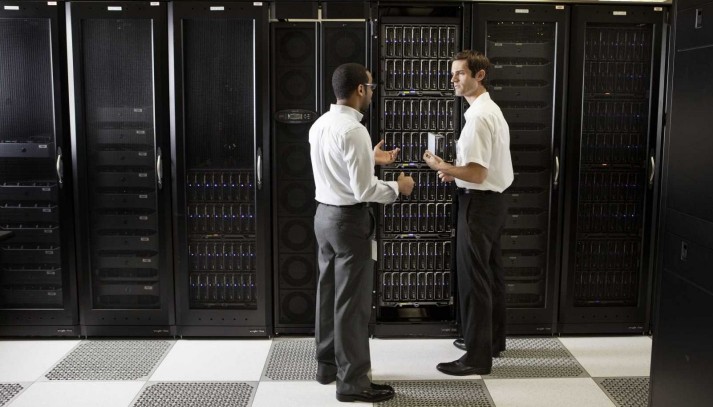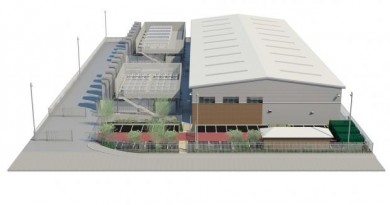London data centre specialist eases operations with Adder Technology
By carefully controlling the technical architectures and the environmental design, Virtus Data Centres has been able to achieve a PUE — power usage effectiveness — of less than 1.2 in its latest London based data centre.
This means that the power efficiency of the facility is greater than 83 per cent, significantly better than the 1.7 (60 per cent efficiency) seen across other major data centres around the world, according to the Uptime Institute survey in 2014). This remarkable achievement means cost savings can be passed on to users, as well as minimizing the carbon footprint of the facilities.
The challenge
This very low PUE could only be achieved by taking a rigorous approach to every element of the design of the data centers. One key area was in monitoring.
Most obviously, there needs to be monitoring of the health of the computer and server networks which provide client services, the core business of the centre. Around this, though, there are other networks, including the building management systems, the security network and CCTV.
The risk was that, if each of these networks were provided with their own monitoring workstations and displays, not only would the tasks for staff be more daunting, the additional peripheral equipment, and particularly displays, would push the PUE up making the building less efficient.
Virtus and its data centre architects acknowledged this fact. The design included a concentration of monitoring facilities, with KVM (keyboard, video and mouse) solutions to be used to make all the monitoring systems available at two locations; one in the data centre’s management office and one in the security facility. Each is capable of viewing and controlling any of the systems in the building, with appropriate safeguards and user privileges.
The KVM solution allows the operator to switch one workstation to any of the networked computerized systems.
Part of the specification for the system was that the KVM solution should be able to carry high definition video for the CCTV. It should also be fast to switch and have low latency. From the specification, it was clear that the only product which could meet the requirements was AdderLink Infinity.
The solution
LMG project managed the installation and technical delivery at Virtus which used AdderLink Infinity. This is an IP based high performance KVM matrix (extender and switching) system which ensures a pixel perfect desktop experience, remote from the hardware being monitored. It uses an advanced encoding system, with 1:1 pixel mapping, to provide lossless digital video alongside extremely low latency USB via a standard 1Gb/s IP network.
It is simple to install, running over an existing copper IP network or fibre, for longer runs, which means the system can be monitored from workstations as much as 10km away.
The results
Simon Anderson, the construction director at Virtus, commented, ‘Being able to view all the systems at one workstation allows us to function more effectively. AdderLink Infinity frees up valuable time and space for engineers to carry out their daily tasks. Now we only need one person and one computer to monitor the systems, whereas traditionally, all systems have their own PC interface which required multiple workstations and operators.’
The result is efficiency across the board. Less space needs to be given over to monitoring areas because there is no need for multiple workstations and displays. That, in turn, leads to a reduced demand for lighting, heating and air conditioning, as well as lower power consumption in the devices themselves.
By installing AdderLink Infinity, Virtus has been able to make savings on operational costs from day one. Additionally, the power savings from the elimination of multiple monitoring workstations has contributed to the very low PUE which is one of the key advantages of the Virtus approach.



